Annual Lecture Series
22 February 2017
Why don’t we talk about colour in art anymore?
Colour was once central to the understanding of art. Up until the 1970s, no art critic could be taken seriously without the mastery of colour names, hues, tints and shades. After the 19th century, when colour in art was inseparable from symbolism, approaches to colour, as well as its absence, defined many art movements of the early- to mid-20th century. Following the mid-1900s however, feelings shifted. Colourful art (minimalism, hard edge painting, and of course, colour field painting) came to be associated with high modernism, and specifically, the dominant tastes of formalist art critics. By the end of the 1970s, colour field painting was all but dismissed as kitsch, and its decline marked the dismantling of the power and influence of critics such as Clement Greenberg specifically and modernism more generally.
Given this history, contemporary art has an uneasy relationship with colour. Though artists continue work in full colour, nobody seems to be talking about it. Is contemporary art colour-blind or even chromophobic?
Our 2017 lecture series In Colour looks at the often-neglected topic of colour in contemporary art. A distinguished and diverse line up of speakers explore how and why colour matters, linking it to a variety of issues including race, politics, history, religion, technology, and gender.
The year begins with exciting contributions by Sue Best, Andrew McNamara, and Diana Young. The series is curated by IMA Senior Manager, Madeleine King.
The theory and practice of landscape painting in water-colour. Illustrated by a series of twenty-six drawings and diagrams in colour, and numerous woodcuts (1871).















